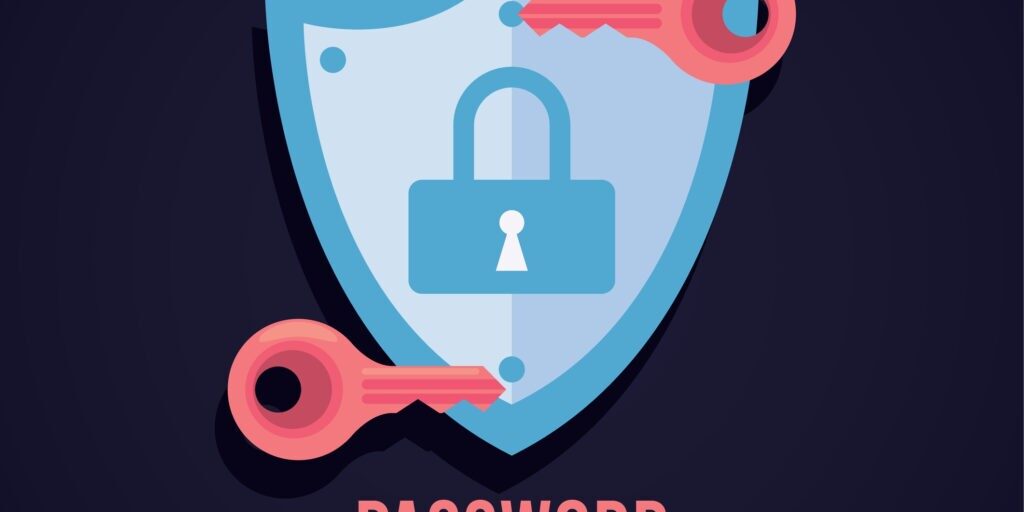
Password Lifecycle Management
The need for robust password lifecycle management has become more critical than ever. Weak or compromised passwords can be exploited by cybercriminals, leading to data breaches and significant financial losses for organizations. To address this challenge, implementing a password manager is a proactive measure that can enhance security and simplify password management processes. This article explores the importance of password lifecycle management and highlights the compelling reasons why organizations should embrace password managers.
The Risks of Weak Passwords
Passwords remain a weak link in the cybersecurity chain, as they can be easily guessed, cracked, or stolen. A recent study revealed that 81% of data breaches occur due to weak or reused passwords. This alarming statistic underscores the urgent need for organizations to adopt a proactive approach to password management. By leveraging a password manager, companies can promote strong, unique passwords for each account, effectively mitigating the risk of password-related breaches.
Simplifying Password Management
Maintaining a large number of complex passwords across multiple accounts can be overwhelming and prone to errors. Many individuals resort to using easy-to-remember but weak passwords or reusing passwords across different platforms, leaving them vulnerable to attacks. According to a survey by LastPass, 59% of respondents admitted to reusing passwords across multiple accounts. This practice poses a significant security risk, as a compromised password in one account can potentially expose multiple others. By employing a password manager, organizations can simplify password management for their employees. A password manager securely stores and auto-fills complex passwords, eliminating the need for users to remember multiple passwords manually. This not only enhances security but also reduces the burden on individuals, allowing them to focus on their work without the added stress of managing passwords.
Enhanced Security and Encryption
Password managers employ advanced encryption techniques to safeguard stored passwords, ensuring that they remain protected against unauthorized access. Strong encryption algorithms, such as AES-256, provide robust security for sensitive credentials. In contrast, storing passwords in plaintext or using easily reversible encryption methods can jeopardize an organization’s entire infrastructure.
Additionally, modern password managers offer additional security features, such as two-factor authentication (2FA) and biometric authentication, further fortifying the access to password vaults. These layers of security significantly reduce the risk of password breaches, even if an attacker manages to compromise an employee’s device or account.
Conclusion: Effective password lifecycle management is essential in maintaining a strong cybersecurity posture. Weak passwords and poor password management practices expose organizations to substantial risks. By adopting a password manager, companies can simplify password management, encourage the use of strong, unique passwords, and bolster overall security. As cyber threats continue to evolve, embracing password managers becomes a vital investment in protecting sensitive data and preserving business integrity.
Remember, securing your organization’s digital assets starts with a strong password—managed securely and conveniently through a password manager.
Finally, see GateKeeper Enterprise advanced MFA in action.
Take a self-guided tour of how you can evolve from passwords. Then you're really saving time with automation.




